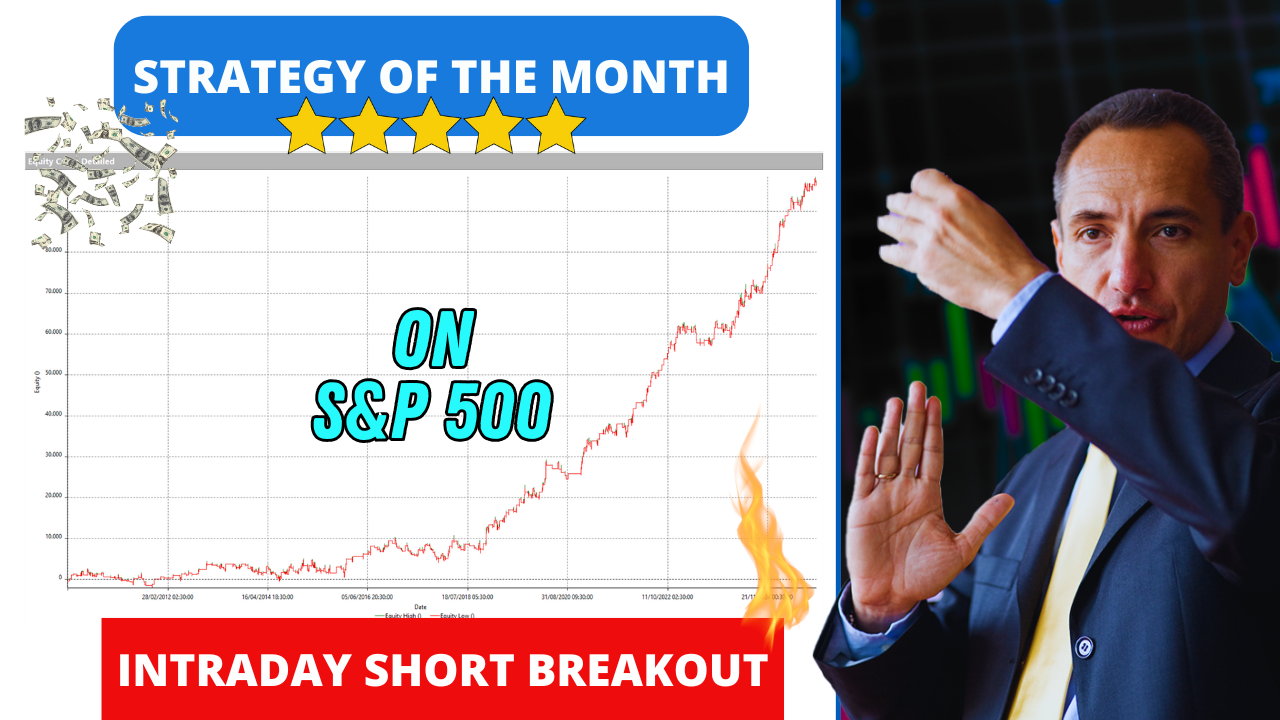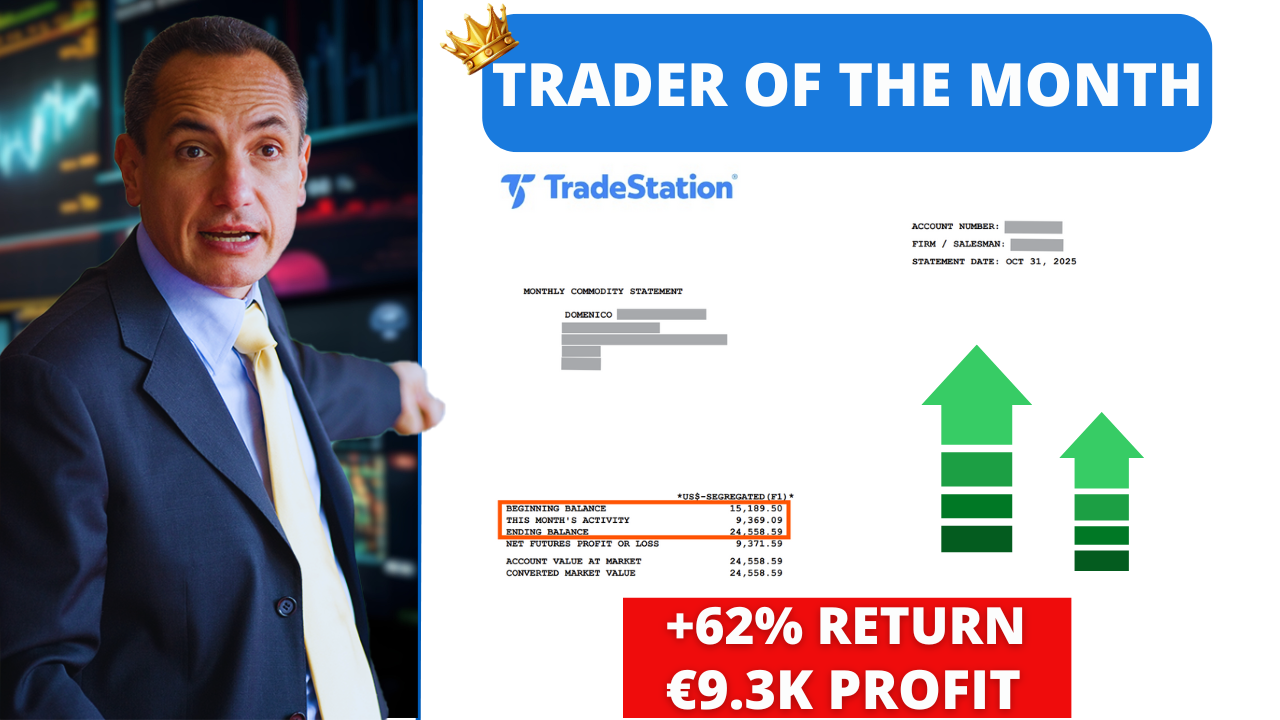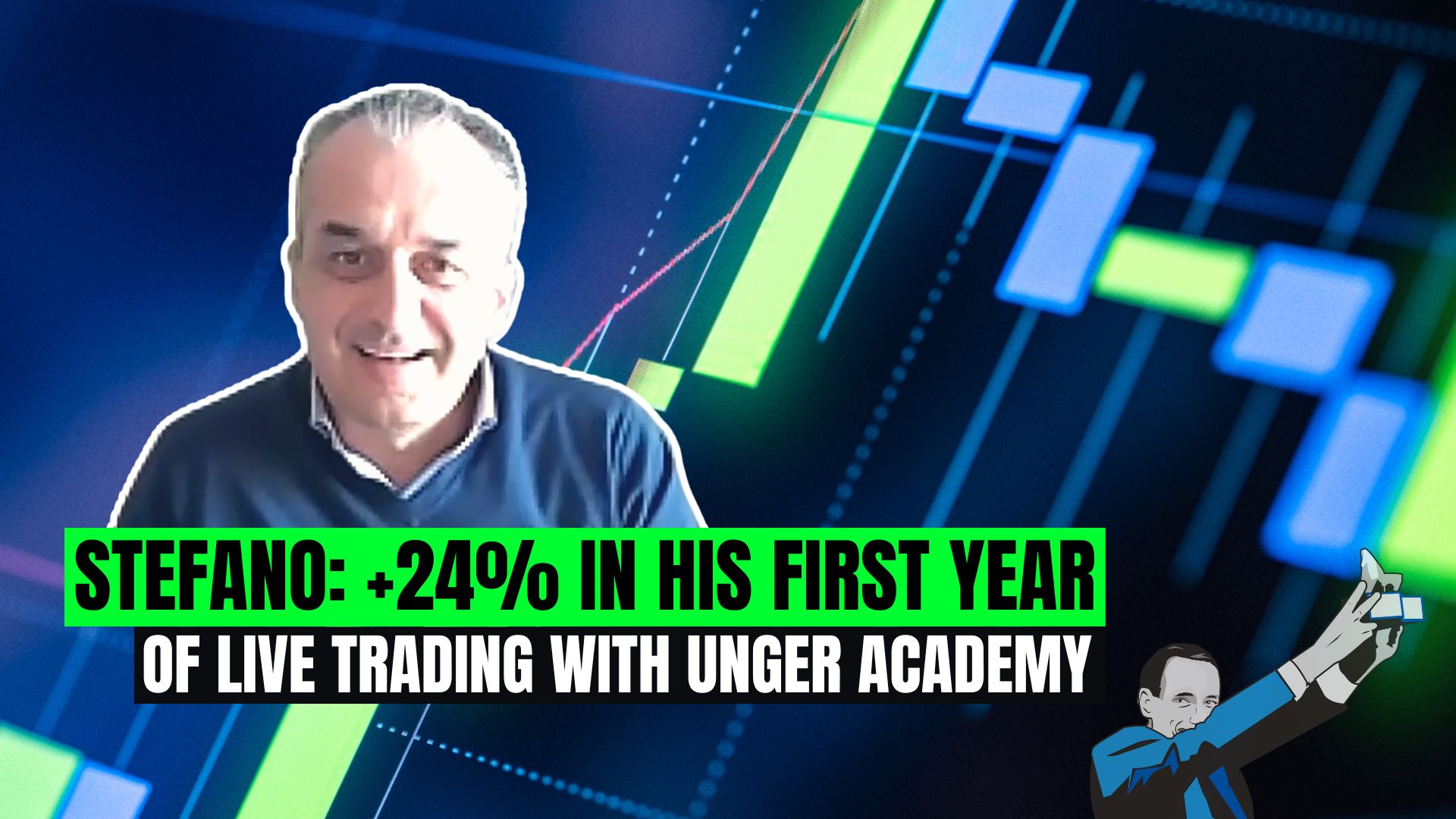Welcome back to this new video.
Today we are going to continue our tests on the Pivot Points done in the first part. If you haven’t seen it yet, you will find the link up here. It is very important to watch it before starting this video because in the first part there are very useful notions to better understand the indicator. So guys, have a look at it before starting!
I would also like to remind you to subscribe to our channel and click on the bell below to always be updated on our new content.
Intraday Trendfollowing strategy on Pivot Points
During the first part of the video, we test the classic approach to Pivot Points, the reversal one, where we buy with a limit order on the “support number 1”, and we sell short on the resistance level – again, “resistance number 1”. But it didn’t perform really well. In fact, the results were very bad, and also the equity line continued to lose over the backtesting period. So, knowing that, if we flip our conditions to let the strategy do the opposite, of course, logic says that we will see some profits.
So, let’s now test the trend following method, which means buying with stop orders on the resistance and selling short the opposite, with stop orders on the support level. So now, all I have to do is just change the signal applied to the portfolio, in this case, we will use the trend following one, where, as we can see, with “my trigger” equal to 1, the “long entry” level will be equal to “resistance number 1”, while the “short entry” will be equal to “support number 1”. So, we can see how this strategy would have performed over the years. Now, let’s wait for the calculation… Looking here at the results, we can see that as we expected, the results are good now: the equity curve is nice – it is the exact opposite of the previous one -– but, the average trade is still low and not usable for live trading as the commissions and slippage that we will pay trading these underlyings would be higher than this value, ending with a losing strategy instead of a performing one.
MultiDay Trendfollowing strategy on Pivot Points
So, what if we decided to keep our positions open also after the end of the sessions? What happens if we remove the “set-exit-on-close” command and we just leave the trades open for more days? We can easily transform our strategy from intraday to multi-day by simply commenting here the “set-exit-on-close” command and pressing “compile”. And now we can go on testing also these kinds of strategies – so not only intraday. It will stay in the market also for the following days, we can say. And here we can see the results… As we expected, this time the average trade increases, but it is still too low to make us completely confident in trading this strategy.
Comparison between Classic Trendfollowing VS Pivot Points
So, are Pivot Points really adding an edge to our trading, or are they just something that we could do without? To answer this question, let’s try to compare these last results with a more classic approach. This time, without using the Pivot Points indicator, but we will use the simple high and low of the day before as triggers. Again, with the trend following strategy just to compare the two. So, we will buy on the high of yesterday and we will sell at the low of the day before. Very easy. And as we can see from the script of this last strategy, we can see that it is really simple and short also. If we consider that also these last two lines are useless in this kind of calculation, we can say that it is a two-line script because here we have the entry conditions on the highs of the day before and the lows of the day before.
So, let’s now backtest this strategy too, let’s compare the results of a more classic approach to the Pivot Points indicator. As we can see, the average trade is really similar to the previous results.
Before it was $41 and now it is $38, so just a tiny decrease – we can say – in performance. So, one may wonder, “why do we have to use our time to understand mathematical formulas when the simple breakout of the highs and lows of the day before is performing the same way?” In this test, what emerged is that simplicity pays off in trading and sometimes things don’t necessarily have to be difficult to make profits. But maybe, with “support number 2” and “resistance number 2” levels, we will be more fortunate.
Trendfollowing on S2 and R2
So, also going overnight, it would be reasonable to enter on a more distant level to be, in a certain sense, sure about the direction the market is going to take. So, let’s try the trend following strategy with entry levels calculated on “support number 2” and “resistance number 2”. We just have to change our input of this strategy because we have seen before that with the “my trigger” set to 2, we can use as “long entry” the “resistance number 2” and as “short entry” the “support number 2”. So, what we just have to do is to double click on the signal and just change “my trigger” from 1 to 2 to test also these particular levels and also these entry conditions. Let’s backtest now the strategy. This time too, unfortunately, the results are not good. This time we are seeing a worse strategy. The average trade decreases from $41 to $15, and also the equity curve close-to-close is not something that makes us feel good in trading this strategy, of course.
So guys, we have tried most of the solutions applicable to the Pivot Points indicator and the results were contrasting. It seems that there is not a real benefit in using the indicator if compared to a more classic and easy approach. Keeping it simple when developing trading strategies most of the time pays off.
Conclusion
Ok guys, our video is ending. Of course, there will be other possibilities to trade and use this indicator. We have seen some of them, and in some cases, this indicator gave good signals, and there is room to investigate further. I hope you enjoyed this video and that it gave you good insights for your trading systems.
Remember to always be curious to find out new ideas for your trading strategies,
and of course, to subscribe to our channel: click on the bell to always be updated with our new content. Below this video, you will also find a direct link to one of our webinars in which you can find all the necessary steps to develop your strategies and build your diversified portfolio.
Thank you for your attention and see you in the next videos!







